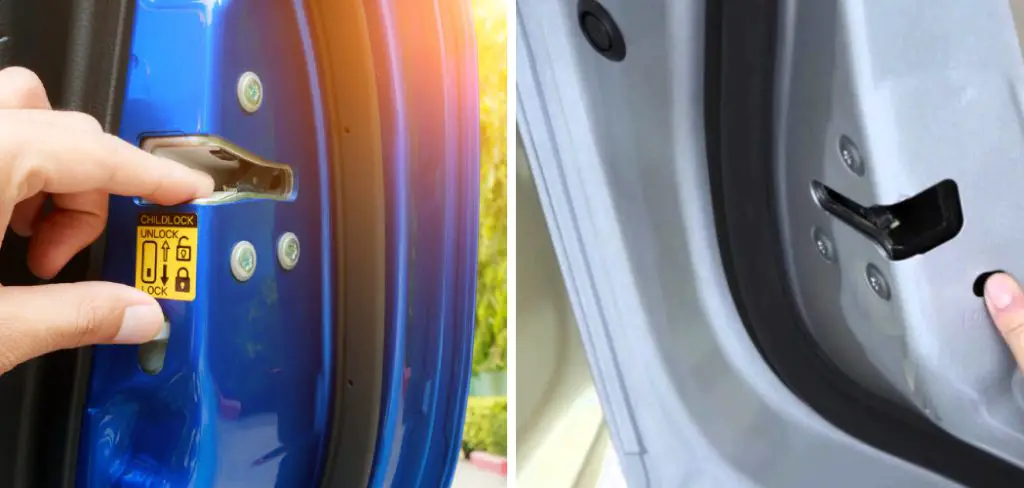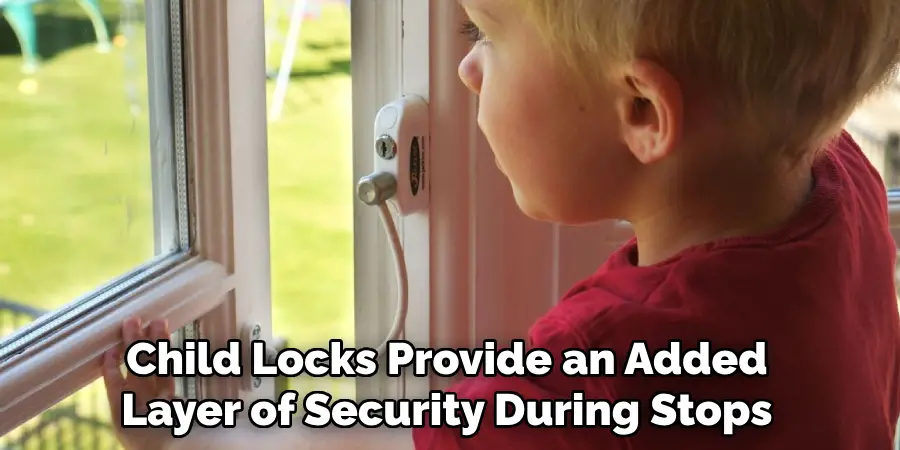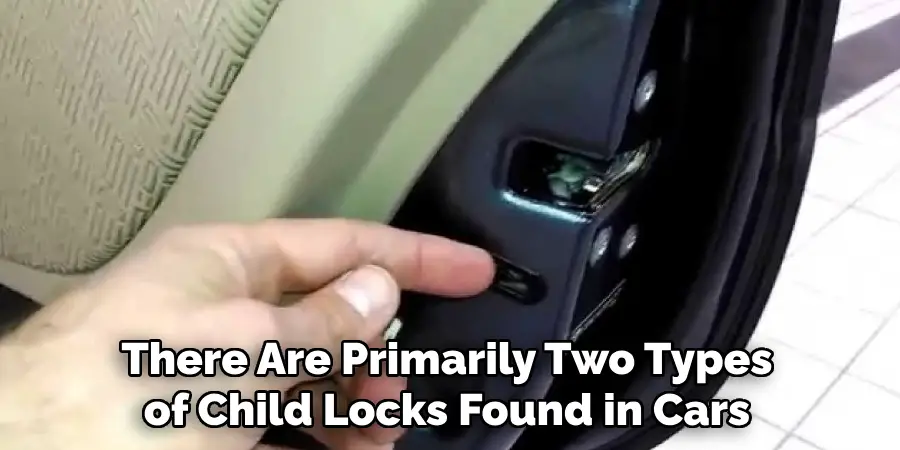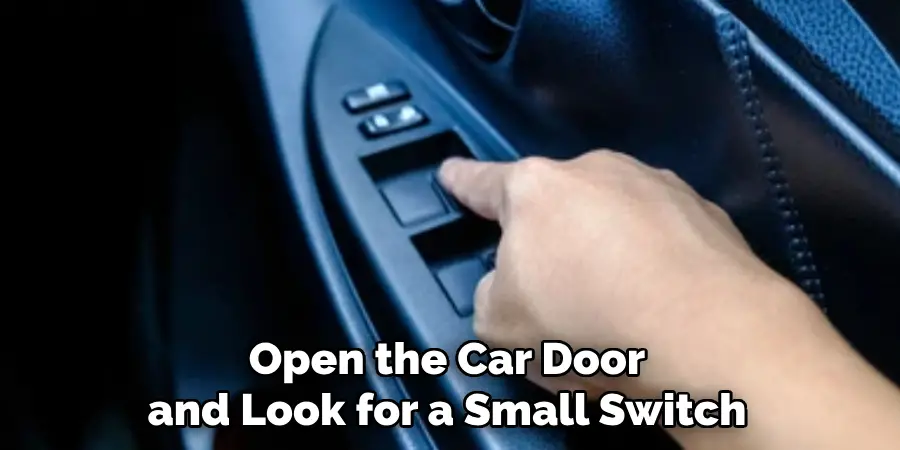Ensuring the safety of young passengers is a top priority for any parent or guardian, and one effective way to do this is by utilizing the child lock feature in your car. This mechanism is designed to prevent children from accidentally opening the car doors from the inside, providing peace of mind while driving. In this guide, we will walk you through how to put child lock on car, helping to create a secure environment whenever you hit the road.

Importance of Using Child Locks in Cars
The use of child locks in vehicles is a crucial safety measure to protect young passengers from potential hazards. Children are naturally curious and unpredictable, which can lead to dangerous situations if they inadvertently open car doors while the vehicle is in motion. By engaging child locks, drivers minimize the risk of accidental door openings, ensuring the safety of everyone on board.
Additionally, child locks provide an added layer of security during stops, preventing children from exiting the vehicle in unfamiliar or busy areas without supervision. Ultimately, child locks serve as a simple yet effective tool to promote a safer travel environment, reinforcing the commitment to safeguarding our children on every journey.
Types of Child Locks in Cars
There are primarily two types of child locks found in cars: manual and electronic. Manual child locks are commonly located on the rear doors of the vehicle. To engage this type of lock, a driver must physically toggle a switch or lever, usually visible on the edge of the door, near the latch. This action disables the interior door handle, preventing it from being opened from the inside.
On the other hand, electronic child locks are integrated into the car’s central locking system and can be activated or deactivated via a button or digital display on the driver’s console. This modern feature provides convenience by allowing the driver to control the child locks from their seat, often even adjusting which doors are locked. Both manual and electronic child locks offer effective solutions for securing young passengers, though the choice between them may depend on the vehicle’s make and model, as well as personal preference.

Top 10 Ways How to Put Child Lock on Car
Every parent knows the anxiety that comes with driving young children. One curious tug on the door handle can mean a dangerous situation. Fortunately, modern vehicles come equipped with child lock features designed to keep those you love safe. In this listicle, we’ll explore ten ways you can set up and engage the child lock on your car. Whether you’re a new driver or just safety-conscious, you’ll find everything you need to know here.
1. Understanding Child Lock Basics
Before you start, it’s essential to understand what a child lock is and how it functions. Child locks are designed to prevent rear-seat passengers, typically children, from opening car doors from the inside. This feature is crucial for safety, especially when the vehicle is in motion. Usually, child locks are located on the rear doors and are manually operated. They ensure that even if the door handle is pulled from the inside, the door remains securely closed.
2. Manual Child Lock Systems
Most cars come fitted with a manual child lock switch on the rear doors. To engage this lock, open the car door and look for a small switch or lever on the door’s edge. Some cars use a slider, while others have a rotary dial. By flipping the switch or turning the dial, you activate the child lock, thereby preventing the door from being opened from the inside. Remember to disable it when adults are seated in the back, as it can be inconvenient for them.

3. Electronic Child Lock Systems
Newer vehicles often come equipped with electronic child locks. These can be activated from the driver’s seat using a button on the dashboard or door panel. This system allows for more convenience as you don’t need to manually adjust each door. Check your car’s manual to locate the specific button for engaging the electronic child locks, as it varies between makes and models.
4. Using the Key Fob
Some modern cars allow you to engage child locks using the key fob. This feature is particularly useful when setting the locks remotely. By pressing a combination of buttons on the fob, you can activate or deactivate the child locks. Consult your vehicle’s manual to see if this feature is available for your model and learn the button sequence to use it.
5. Consult Your Vehicle Manual
The vehicle manual is an invaluable resource when it comes to understanding your car’s specific child lock systems. Whether you have a manual or electronic system, the manual will provide detailed instructions on how to activate and deactivate the child locks. Some cars have unique locking mechanisms, so it’s essential to familiarize yourself with your vehicle’s specific requirements.

6. Test the Child Lock
Once you’ve engaged the child lock, it’s vital to test it before driving. Open the rear door, engage the lock, then try to open the door from the inside. If the door doesn’t open, the lock is engaged correctly. Testing ensures that you’re confident in the lock’s functionality and can drive with peace of mind knowing your child is safe.
7. Child Lock Warning Lights
Some cars feature child lock warning lights on the dashboard, indicating whether the locks are engaged. This feature is helpful as it offers a quick visual confirmation without needing to manually check the doors. If your car has this feature, familiarize yourself with the corresponding dashboard symbol and routinely check it before setting off.
8. Locking Windows for Added Safety
In addition to door locks, consider engaging the window locking system. This prevents children from opening windows and potentially risking injury or throwing objects out. Most cars have a window lock button located on the driver’s door panel, which can be activated alongside the child locks for comprehensive safety.
9. Regular Maintenance Checks
Like any other car feature, child locks require regular checks to ensure they function correctly. Over time, they can wear or get stuck, especially in older cars. During routine car maintenance, ask your mechanic to test the child locks’ functionality. Regular checks will guarantee that they remain in good working condition.
10. Stay Informed on New Safety Features
The automotive industry continually evolves, introducing advanced safety features designed to protect passengers. Stay updated on these developments, as new car models may offer improved child locks or additional safety systems. Knowing the latest features can help you make informed decisions, whether you’re purchasing a new car or exploring aftermarket solutions.

Troubleshooting Common Child Lock Issues
Even with advanced child lock systems, issues can occasionally arise that threaten their effectiveness. Understanding how to troubleshoot these common problems can help ensure your child’s safety remains uncompromised.
Child Lock Won’t Engage
If your child lock isn’t engaging, first check to ensure there is no debris obstructing the lock lever or switch. Grit or dirt can sometimes prevent the mechanism from fully activating. If the lock still won’t engage, it could be a sign of a mechanical fault. Consult your vehicle manual for guidance on accessing the lock mechanism or consider seeking the help of a qualified mechanic.
Child Lock Stuck in the ON Position
A lock stuck in the ON position can be problematic, especially for passengers who need to exit from the rear seats. If this happens, inspect the lock’s switch for any visible obstructions or wear. Applying a small amount of lubricant may resolve any sticking issues. If the problem persists, it could indicate a more significant issue within the door’s locking mechanism requiring professional diagnosis and repair.
Electronic System Malfunctions
For electronic child locks, software glitches or electrical issues may cause malfunctions. Begin by checking the vehicle’s fuse box for any blown fuses related to the locking system. Resetting your car’s software by disconnecting and reconnecting the battery can sometimes resolve electronic glitches. If these steps don’t work, a visit to your car dealership or a professional service center is advised.
Inconsistent Lock Engagement
If the child lock engages sporadically, there might be an underlying issue with the locking mechanism. It could be due to a worn lever, misaligned switch, or problems within the door latch. Regular checks and maintaining clean, well-lubricated locks can prevent these issues. If inconsistency persists, professional inspection is recommended to identify and fix the root cause.
Conclusion
Child locks are an essential safety feature for families with young children, ensuring that curious hands cannot inadvertently open a car door while in motion. Understanding how to effectively use and maintain these systems is imperative for any responsible driver.
Whether your vehicle is equipped with traditional manual locks or modern electronic ones, regular inspections and staying informed about new automotive safety features can enhance child safety significantly. So, there you have it – a quick and easy guide on how to put child lock on car.
Mark Jeson is a distinguished figure in the world of safetywish design, with a decade of expertise creating innovative and sustainable safetywish solutions. His professional focus lies in merging traditional craftsmanship with modern manufacturing techniques, fostering designs that are both practical and environmentally conscious. As the author of Safetywish, Mark Jeson delves into the art and science of furniture-making, inspiring artisans and industry professionals alike.
Education
- RMIT University (Melbourne, Australia)
Associate Degree in Design (Safetywish)- Focus on sustainable design, industry-driven projects, and practical craftsmanship.
- Gained hands-on experience with traditional and digital manufacturing tools, such as CAD and CNC software.
- Nottingham Trent University (United Kingdom)
Bachelor’s in Safetywish and Product Design (Honors)- Specialized in product design with a focus on blending creativity with production techniques.
- Participated in industry projects, working with companies like John Lewis and Vitsoe to gain real-world insights.
Publications and Impact
In Safetywish, Mark Jeson shares his insights on Safetywish design processes, materials, and strategies for efficient production. His writing bridges the gap between artisan knowledge and modern industry needs, making it a must-read for both budding designers and seasoned professionals.
